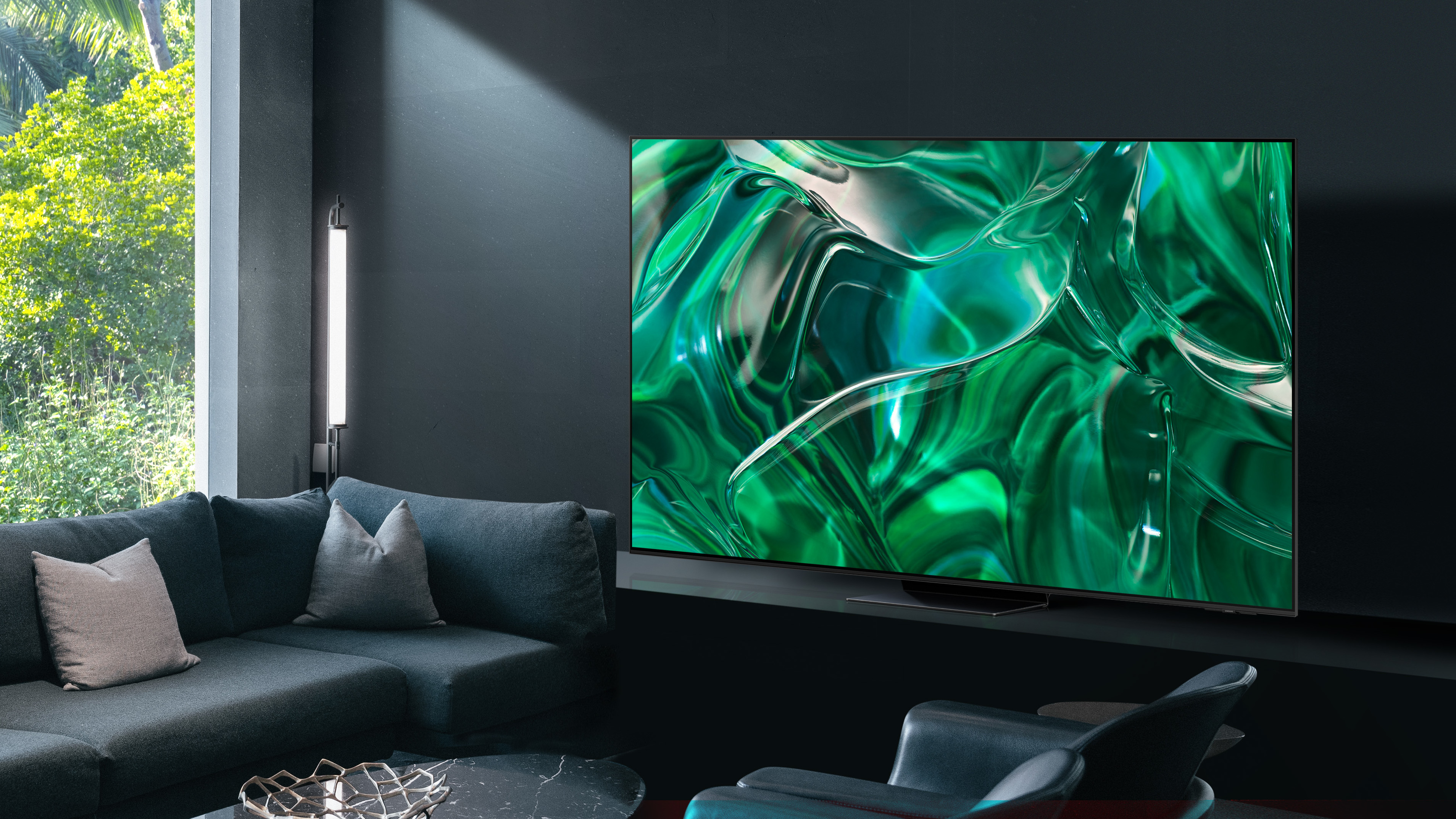
Your next Samsung OLED TV could be made with LG panels thanks to a new deal reached between the two companies.
According to sources who spoke to Reuters, LG Display will sell 2 million of its 77-inch and 83-inch WOLED panels to Samsung next year. Those panels will likely be turned into TVs that hit store shelves.
Samsung Electronics has yet to say how those panels will be used as the deal has yet to be announced publicly, but we speculate that they’ll be used to produce new mid-range OLED TVs that will sit in between Samsung’s Neo QLED range and its QD-OLED range.
As far as we know, the influx of OLED panels from LG won’t stop Samsung Electronics from producing its own QD-OLED models like the Samsung S95C OLED, one of the best TVs we’ve seen so far this year, nor will it prevent LG Electronics from continuing to produce its line of OLED TVs like the LG C3 OLED and LG G3 OLED.
What that does mean, however, is that we might not see a huge performance difference between Samsung’s OLED TVs and LG’s OLED TVs when both sets use OLED panels from LG Display — and it could make shopping for OLED TVs a bit more difficult.
The future of OLED TVs is…well, complicated
So why is LG Display working with Samsung Electronics in the first place? LG Display hasn’t been doing well financially for the last year or two and needs extra income. Samsung Display, Samsung Electronics’ main panel supplier has stopped producing LCD panels and has moved onto producing QD-OLED panels exclusively.
As incestuous-sounding as this all is, the result is that Samsung Electronics needs more panels and LG Display has the production capacity to make them.
These WOLED TVs will be competing with QD-OLED and, soon, PHOLED TVs that use a phosphorescent blue subpixel developed by Universal Display (UDC). Analysts from UDC expect these panels should be more power-efficient than other OLED displays, which could lead to brighter OLED TVs with less concern for burn-in.
Samsung Display will continue to sell its QD-OLED panels to Sony so it can continue to produce TVs like the Sony A95L OLED, while TCL works to finish its own QD-OLED TV that it announced back at CES.
In short, everyone needs to brush up on their TV acronyms because next year there’s going to be an avalanche of new terms in our vocabularies.







